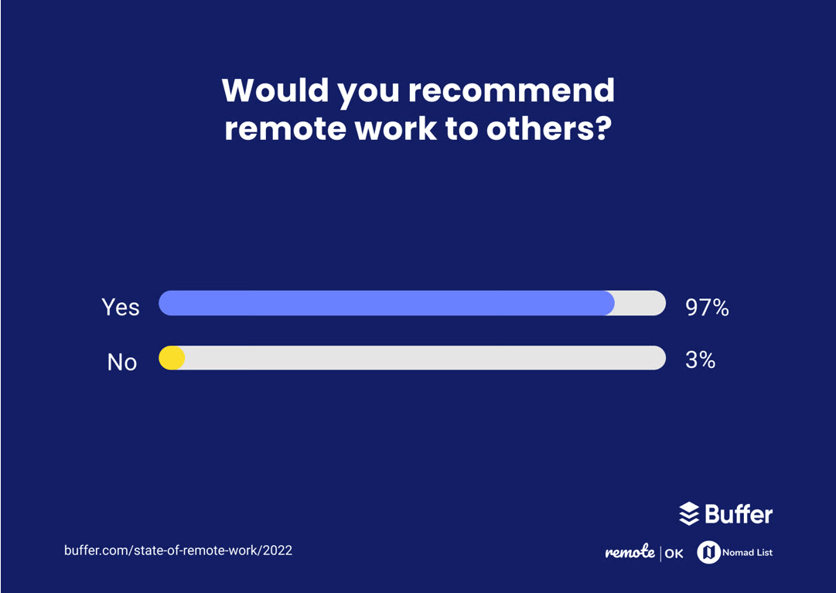How often do your organization’s employees work from home? The pandemic made working from home commonplace, and remote work isn’t going anywhere.
In a survey, 97% of employees said they’d like to work remotely at least some of the time for the rest of their career. Many of these employees will get their wish, because 87% of large companies are embracing workplace flexibility. In fact, the average U.S. employee will spend 24% less time in the office.

This shift to a hybrid work model means facilities managers will have to be more flexible. As you figure out how to best utilize your facility’s space, consider how you manage physical keys. When employees — including you — are in and out of the office, how do you track keys?
1. Organize and Secure Your Keys
Start by replacing outdated key management methods such as peg systems, key boxes, and manual logbooks. Not only do these methods require intensive effort, it’s easy for keys to become disorganized. They’re also vulnerable to theft and loss.
Instead, use an electronic key control system to organize and secure your keys (that includes fobs). If there are multiple locations throughout your facility where people need key access, place systems at each of those locations to avoid people having to walk back and forth.
To simplify your key management process, look for a system with remote access capability and a mobile app so you can check key activity for all locations in one spot.
2. Offer Secure Access to Shared Space
Although employees are working from home more often, that doesn’t necessarily mean the space required for working will shrink. It just means you’ll have to be strategic about how to use that space.
Do you have shared spaces such as offices, conference rooms, or other areas? If so, make sure you have an efficient key reservation process. For example, you could set up a self-serve process that allows employees to quickly check out keys using an electronic key management system.
Employees can reserve keys ahead of time, cutting down on double bookings. At the time of the reservation, an employee can log in to the system, check out the key they need, and return it when they’re done.
3. Track Employee Key Use
With employees constantly in and out of the office, it’s more important than ever to know where keys are at all times. To prevent inaccurate or incomplete data, use a key control method that doesn’t require employees to manually update a key log.
With an electronic key control system, for example, you’ll have an automatic record of who removed a key, when, and why. You can also set up employees with unique login credentials and automatically control which keys they can access based on their user profiles. If you have temporary employees, set up a user profile that expires at the end of a certain time frame.
Whenever possible, avoid having employees take keys off-site. Before they leave, have them return keys to their designated location. Make sure you have a quick, reliable way to identify unreturned keys.
4. Automate Key Security
To stay on top of your keys, automate as much of the key management process as possible. The top three ways to do that are the following:
- Use a key control system that automatically creates an audit trail. Moving away from manual key logs to an electronic system holds employees accountable, saves time, and provides better security controls.
- Set up automatic reports so you can track key and user activity. The most helpful reports show you data such as recent transactions, all currently checked-out keys, and overdue keys.
- Receive text or email alerts for security incidents. Alert triggers can include unreturned keys, access attempts by unauthorized people, an open key system drawer, and more.
Automating these tasks allows you to spend less time on key management and focus on other tasks.
Adapting your physical key management to a hybrid work model doesn’t have to be difficult. With an effective process for securing keys, giving employees secure access, and tracking key activity, you’ll be able to keep tabs on keys — no matter where you’re working.


